
2025 BYD Shark 6 sales scrutinised as rival Kia Tasman ute and plug-in hybrid Ford Ranger PHEV and GWM Cannon Alpha launches loom
BYD Shark 6 fever has well and truly swept over the country, but is it all as...
Browse over 9,000 car reviews

Growing up, my parents went through a phase of buying well-used P4 Rovers as family cars. A (mainly) 1950s British icon with top-notch leather, proper wood trim and luxuriously thick carpet. But these hulking sedans are also cumbersome, fugly and painfully slow.
None the less, one of the first ones, a 75 in a fetching shade of faded blue, picked up a name — Gertie. Which was fine, until word filtered down the family tree that my overbearing Great Aunt Gertrude had taken offence.
Suddenly, the penny dropped and the etymology of our hefty, often temperamental family vehicle’s nickname was clear.
But this story isn’t focused on that kind of car name (although it would be great to hear some of your favourites in the comments).
Here, we’re focusing on names generated in a similarly organic way, in that they're inspired by a car’s key attributes. But these model names are based as much on a prospective owner’s aspirations as their likely post-purchase experiences behind the wheel.
The name might even come before the car, generating the direction of its development, capturing the imagination of the designers and engineers creating it.
Or it emerges part way through the process to set the tone of the car’s market appeal and align it with other models.
So, with all that in mind, here’s our best car names list from 10 to one! Make sure to tell us what you think of our choices and add your own favourites in the comments. Here we go.
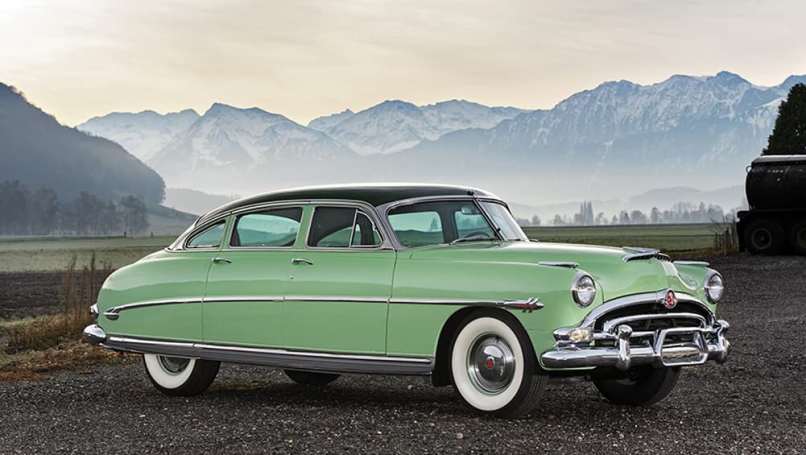
How could we go past this beautiful piece of automotive alliteration to kick off the list. Especially one that conjures up such evocative images of a car packing a hostile sting in its tail.
Powered by a thundering 5.0-litre inline six-cylinder engine, complete with high-compression alloy head, the ‘Fabulous Hudson Hornet’ became the stock car to beat in the early 1950s, inspiring the character of Radiator Springs’ grumpy judge and reluctant driving coach, Doc Hudson, in Pixar’s 2006 film Cars. Remember, "You gotta turn right to go left".
Fun fact: Could the Hornet be the progenitor of Dodge’s Super Bee muscle car of the late 1960s?
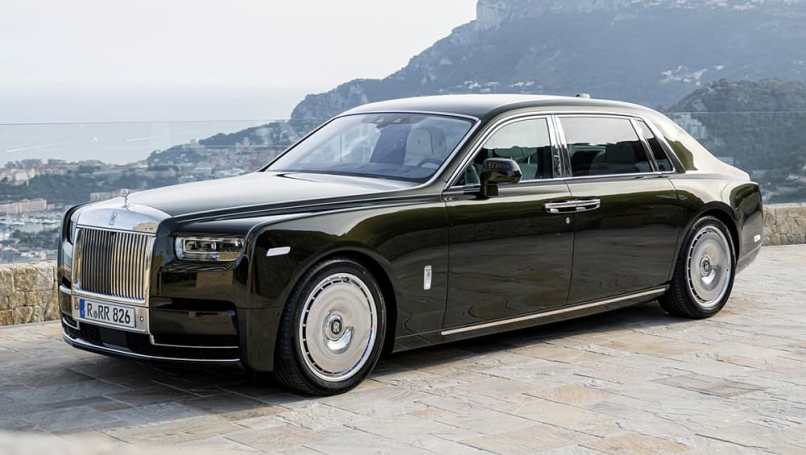
In positioning itself at the top of the luxury car pyramid Rolls-Royce clearly recognised early on that a powerful name is an important part of the equation. And it has generated some of the all-time greats.
Early in the company’s development, while the likes of Bentley let the size of its engines designate its models and Lagonda leaned into the power output of its cars, Rolls-Royce was visiting ‘the other side’ with names like Ghost, Wraith and Phantom. Hard to beat.
Fun fact: The Phantom will celebrate its 100th birthday in 2025, the Phantom 1 being introduced in 1925.
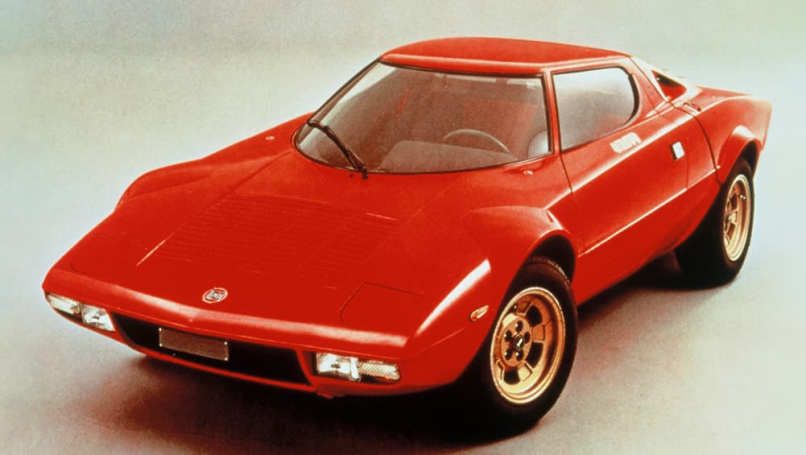
Famously drawing on the letters of the Greek alphabet for the names of many of its cars, Lancia broke with that tradition for the launch of this striking, mid-engine sports car in 1973.
Meaning ‘army’ or ‘good soldier’ in Greek, the name was initially applied to Bertone’s dramatic Stratos Zero concept car (penned by Marcello Gandini) in 1970, but the mid-engine, Ferrari ‘Dino’ V6-powered production car became a world rally hero, taking championship honours for three years straight from 1974-’76.
Fun fact: Nuccio Bertone drove the Stratos Zero concept car to Lancia's Turin headquarters in early 1971 to impress the company’s top brass. And when the security guards held him up he is said to have simply driven under the boom gate (the car is just 838mm tall).
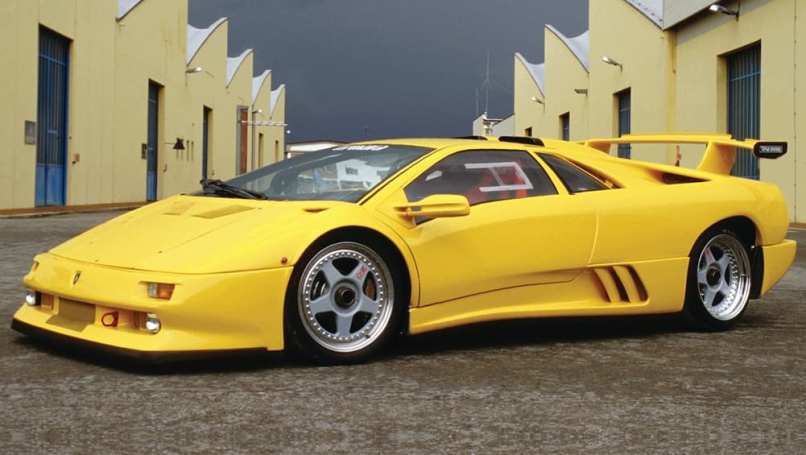
You can keep your Countach, Miura and even your Sesto Elemento. Nothing sums up Ferruccio Lamborghini's fascination for a bull’s power and agility more than the name Diablo.
Signore Lamborghini had long since sold the car company he started when this V12-powered wedge of Italian exotica debuted in 1990 (he died in 1993) but it reflected his admiration for fighting bulls, this car named in honour of ‘Demonio’ (Devil in English and Diablo in Italian), a particularly ferocious beast owned by the Spanish Duke of Veragua in the 19th century. Olé!
Fun fact: The Diablo was the first production car to claim a maximum velocity in excess of 200mph with a listed top speed of 325km/h (202mph). The ‘standard’ 5.7-litre V12 Diablo also ran 0-100km/h in 4.5 seconds.
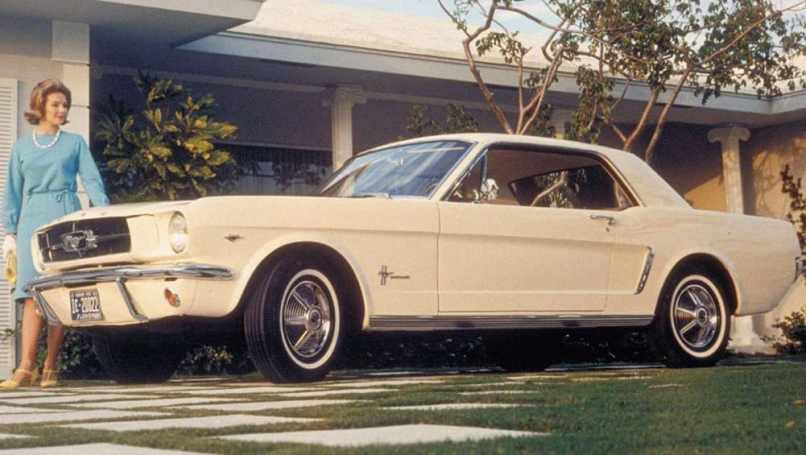
The Blue Oval’s model name game has always been strong with zingers like Bronco, Falcon and Thunderbird on its books. That said, occasional missteps like Ka, Kuga and Probe have thrown a spanner in the works. But wild horses couldn’t drag the name Mustang out of this list. And how about the derivatives? Boss, Mach 1, (Shelby) Cobra, Bullitt… the list goes on.
Initially applied to a series of concept cars, kicking off with a mid-engine, two-seater in 1962, the evocative name was transferred to the eventual production version which debuted three years later.
Fun fact: The Ford Mustang name is credited to factory stylist, John Najjar, who helped bring the initial ‘Mustang 1’ concept to life. He was in turn inspired by the WWII P-51 fighter (gotta be the later Merlin-powered version, right?).

Stephen King knows his way around a horror story and couldn’t go past a 1958 Plymouth Fury as the central character of his 1983 novel Christine, a rich red two-door hardtop example starring in the movie adaption released that same year.
Chrysler’s Plymouth division stuck with this evocative nameplate through seven generations from 1955 to 1978, powered by a variety of V8 engines, including the 5.2-litre, twin four-barrel ‘V-800 Dual Fury’ early in its run.
Fun fact: The 1958 Fury in King’s novel was a red four-door, even though the colour wasn’t offered by Plymouth on any Fury variant that year.
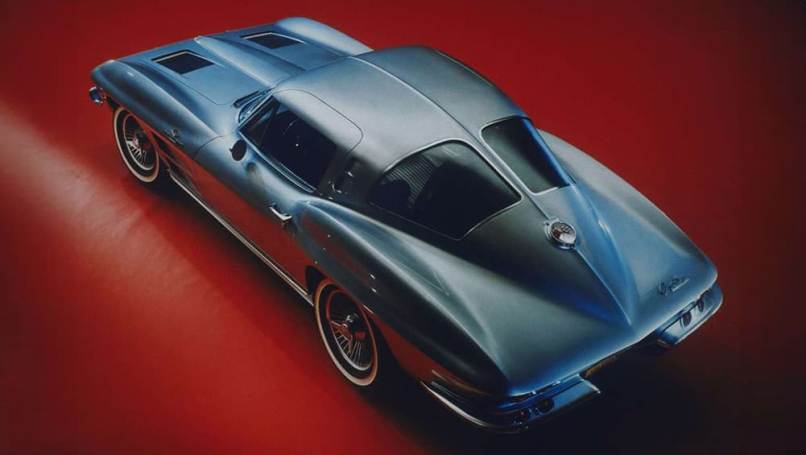
A stingray’s flat, stealthy body, fast fluid movement and long stinging tail combine to form an intimidating sea floor predator. And it’s an image that has influenced Chevrolet’s Corvette sports car for much of its more than 70 years in existence.
The Sting Ray name arrived with the second-generation Chevrolet Corvette in 1963 (all ‘C2’ Corvettes are Sting Rays) before it was compressed into one word for the C3 Corvette Stingray in 1968.
It’s been used on and off since then, with the current C8 version (the first to officially come to Australia) offering the Stingray as an entry-grade version.
Fun fact: It appears few production cars have been named after fish, with the AMC Marlin, Opel Manta and Plymouth Barracuda (‘Cuda) topping the list. Know any more?
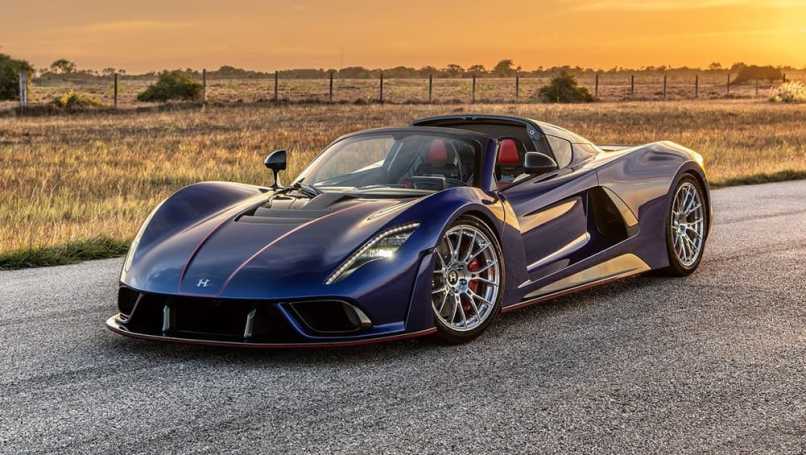
Texas-based Hennessey Performance Engineering produced its first Venom GT, based on the Lotus Elise, in 2011. Powered by a turbocharged 7.0-litre GM ‘LS7’ V8 it ultimately ran an independently measured top speed of 427.4km/h.
It was succeeded by the bespoke Venom F5 in 2020. Powered by Hennessy’s 6.6-litre, (1354kW/16218Nm) twin-turbo ‘Fury’ V8 (based on GM LS architecture) the company aims to ultimately send this wild two-seater through the 500km/h barrier. Now that’s a venom guaranteed to get your neurotoxins pumping!
Fun fact: The Viper is one of nature’s most efficient venom delivery systems and the Dodge Viper (unlucky to miss the cut here) was initially meant to be V8-powered, but the conditions of a prior government bail-out of Chrysler made it a no-go. So, it became a V10, instead. Snaky.
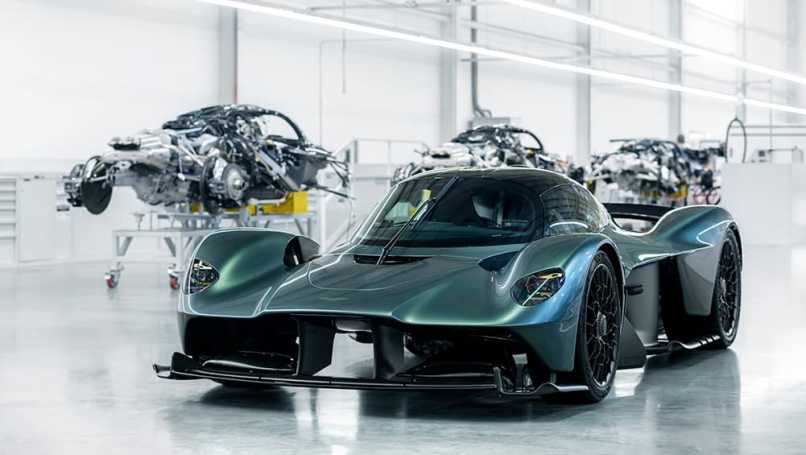
In Norse mythology a Valkyrie is a female figure guiding souls of the dead to the god Odin's hall, Valhalla. And a machine capable of carrying off a name like that has to be something special, which this Aston Martin undoubtedly is.
Designed by Formula 1 svengali Adrian Newey, it’s powered by a 6.5-litre naturally aspirated Cosworth V12 revving beyond 11,000rpm, and with the help of an F1-style KERS system it produces 865kW/900Nm in a carbon-rich two-seater weighing 1355kg. Flashing from 0-100km/h in 2.6 seconds it is a hypercar for the ages.
Fun fact: Aston’s long-time V-focused naming convention has produced some other stunners, including Valhalla, Vanquish, Vantage and Vulcan. But we’re not so sure about the Aston Martin Victor. However, given its name honours the brand’s 1980s saviour, Victor Gauntlett, and the one-off manual V12 brute it’s attached to is incredible, we can let it slide.

While Mad Max Rockatansky’s colleagues in the Main Force Patrol were paired together in ‘Pursuit’ specials, everyone’s favourite post-apocalyptic hero always ran solo in an ‘Interceptor’. Cinematic history shows he (and it) showed little mercy across the wastelands, but it’s far from the first V8 Interceptor to fire car enthusiasts’ imagination.
The Jensen Interceptor was a US-powered, British-designed and built GT coupe and convertible produced from 1966 across 10 years and three generations. Variously powered by 5.9-, 6.2- and 7.3-litre Chrysler V8 engines, it was mainly a three-speed (Torqueflite) auto, with a four-speed manual available early on.
Fun fact: Jensen had produced an earlier Interceptor model in the ‘50s, but this version, including the four-wheel drive, ABS-braked FF (Ferguson Formula) derivative, has to be the ultimate car name superstar.
Comments